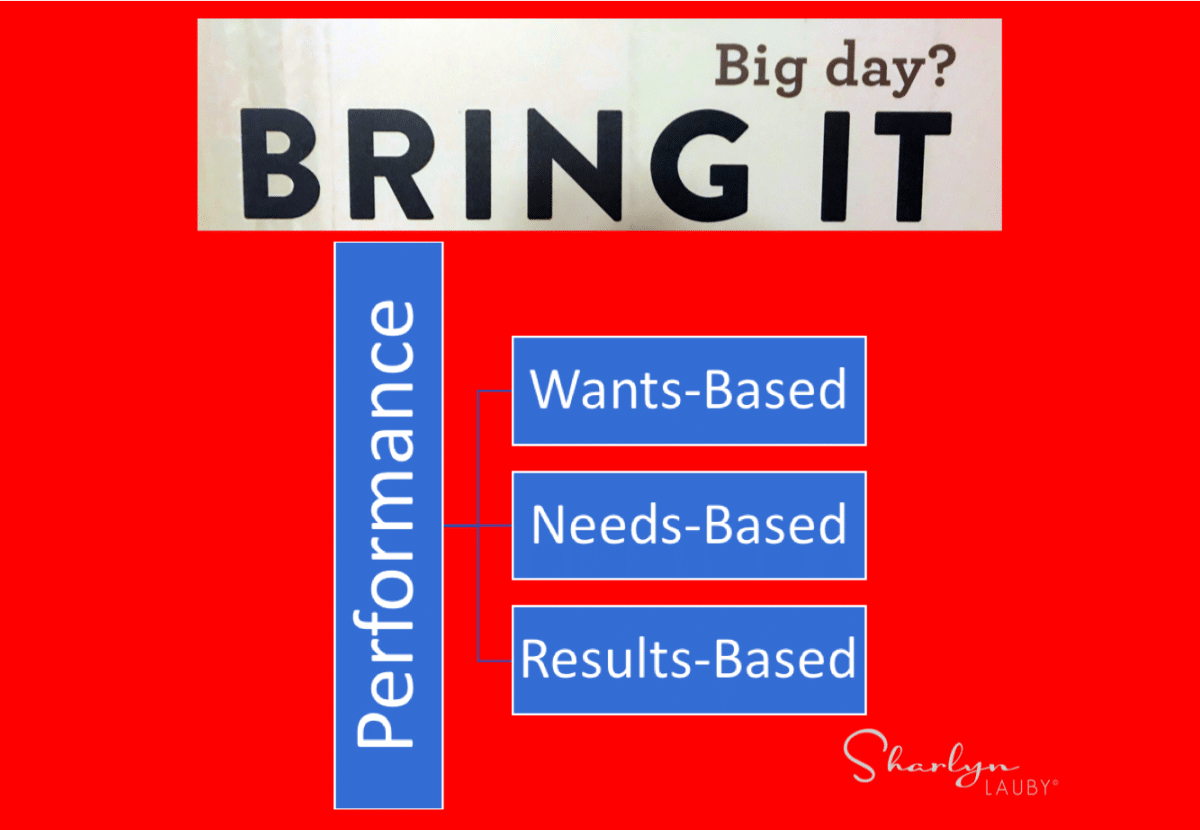High Performing Organizations Focus On a Results Based Approach
This might sound like a strange comment coming from a training consultant, but all performance problems are not solved with training. It’s true. When companies are faced with performance challenges, they need to figure out what the challenge is and address it. The question becomes “What’s the right way to do it?”.
At this year’s Association for Talent Development (ATD) International Conference and Expo, I had the opportunity to participate in a two-day certificate program on Improving Human Performance, which focused on the Human Performance Improvement (HPI) Model. We were also fortunate to have as our facilitator Mason Holloway, vice president at Deltek Universityand the creator of Performance DNA, the most comprehensive and effective tool set for analyzing human performance.
Now, I don’t want to give away the entire program. I already mentioned that the program covers the HPI Model, but there was one takeaway that I do want to share. It has to do with the three approaches organizations take when faced with performance issues.
APPROACH #1: Wants Based Approach
In a wants-based approach, we give stakeholders what they ask for. It might involve asking a few questions to clarify, but basically, we don’t question the “want” (or request).
If we think about this from a training perspective, an example would be when the CEO comes into your office and says, “We need to improve employee engagement. Let’s bring in a motivational speaker to train the team.” Now, we know that motivational speakers bring value, but they probably aren’t the key to unlocking employee engagement. But the “want” is that the CEO asked for it. So that’s the result that happens.
APPROACH #2: Needs Based Approach
There are a couple of ways to look at a needs based approach. First, a solution would be provided based on necessity. An example would be compliance training. This isn’t to say that compliance training isn’t good or important but, in many cases, the initial reason we conduct compliance training is because we “need” to.
The second solution would be a situation where we know there’s an issue and we provide the training or solution to only those who “need” it. A challenge could be whether the solution is the right solution or is it simply a much-needed Band-Aid.
APPROACH #3: Results Based Approach
When we use a results based approach, the request is based on a real business and performance goal. All stakeholders are willing to take the time and use the resources to conduct a full assessment to develop the right solution. Even if it’s not the solution that the organization wants.
Going back to the training example, a results based approach might discover after an analysis that training isn’t the best solution. Maybe it’s an OD intervention.
It won’t be a surprise to anyone that HPI uses a results based approach. That’s where we spent the majority of our time during the program because conducting that level of assessment isn’t easy.
And that’s also where the takeaway was for me. When we’re faced with a problem, we have to think about how we’re going to approach the issue. Not every problem should be handled using HPI. Some problems can be solved using a wants based approach. Others can be solved using a needs based approach. And then there are ones that need the results based approach.
As human resources professionals, it’s part of our job to help the organization understand when to use each approach. For example, we might not want to use a result-based approach when a needs-based approach will do. It doesn’t make good business sense to spend organizational resources in that case.
We also need to make sure that, when a results based approach is necessary, the organization is going to support the effort.
I really enjoyed this program and learned a lot. If you feel your organization could benefit from using a results based approach more often, this might be a program to consider. Check out the ATD Education site for their offerings.
We spend a lot of time talking about recruiting the best talent and setting employees up for success. Part of that is making sure employee performance stays at a high level. But let’s face it, sometimes stuff happens. Organizations need to take steps to bring performance levels back to acceptable levels. The question becomes, “What approach is your organization going to take?”
16